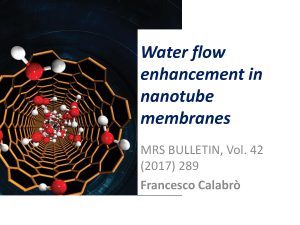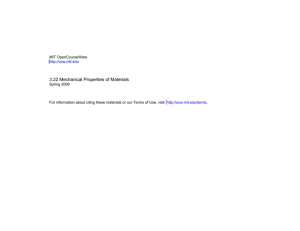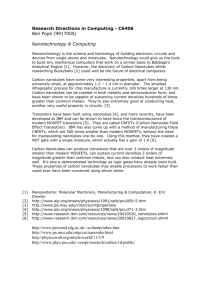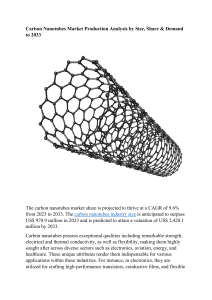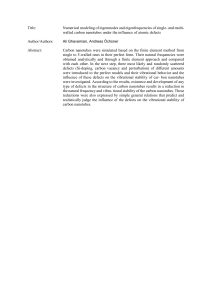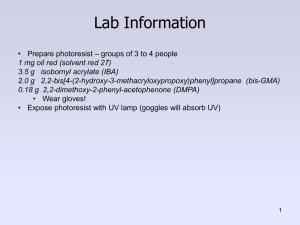The image is of an electrical circuit formed from
advertisement
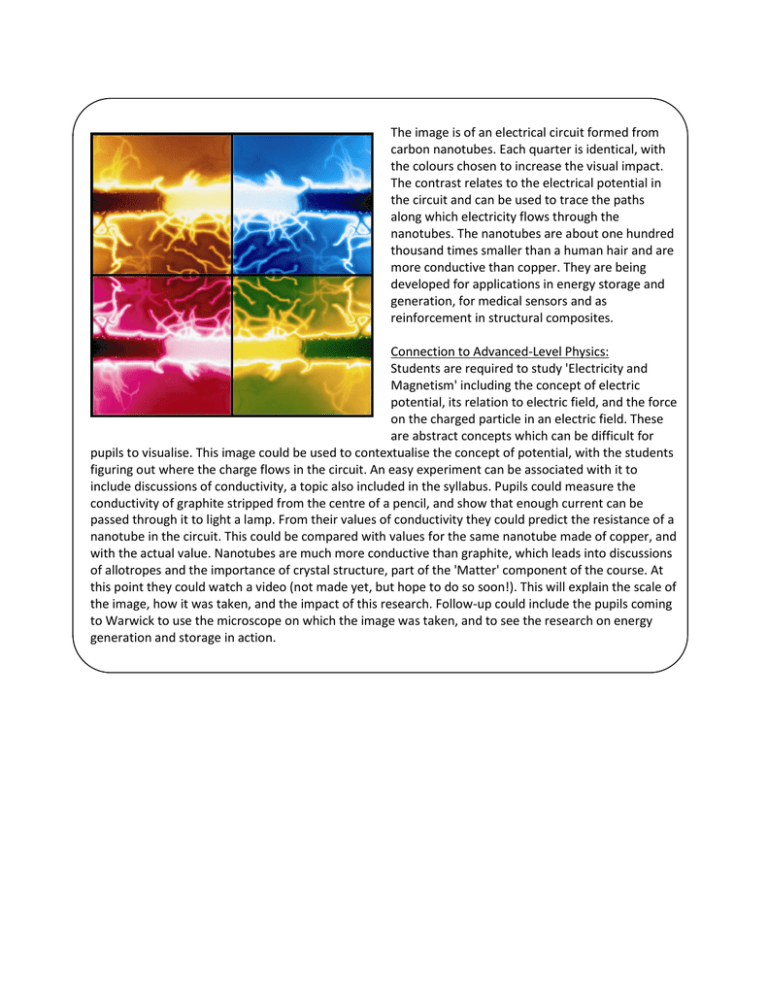
The image is of an electrical circuit formed from carbon nanotubes. Each quarter is identical, with the colours chosen to increase the visual impact. The contrast relates to the electrical potential in the circuit and can be used to trace the paths along which electricity flows through the nanotubes. The nanotubes are about one hundred thousand times smaller than a human hair and are more conductive than copper. They are being developed for applications in energy storage and generation, for medical sensors and as reinforcement in structural composites. Connection to Advanced-Level Physics: Students are required to study 'Electricity and Magnetism' including the concept of electric potential, its relation to electric field, and the force on the charged particle in an electric field. These are abstract concepts which can be difficult for pupils to visualise. This image could be used to contextualise the concept of potential, with the students figuring out where the charge flows in the circuit. An easy experiment can be associated with it to include discussions of conductivity, a topic also included in the syllabus. Pupils could measure the conductivity of graphite stripped from the centre of a pencil, and show that enough current can be passed through it to light a lamp. From their values of conductivity they could predict the resistance of a nanotube in the circuit. This could be compared with values for the same nanotube made of copper, and with the actual value. Nanotubes are much more conductive than graphite, which leads into discussions of allotropes and the importance of crystal structure, part of the 'Matter' component of the course. At this point they could watch a video (not made yet, but hope to do so soon!). This will explain the scale of the image, how it was taken, and the impact of this research. Follow-up could include the pupils coming to Warwick to use the microscope on which the image was taken, and to see the research on energy generation and storage in action.


